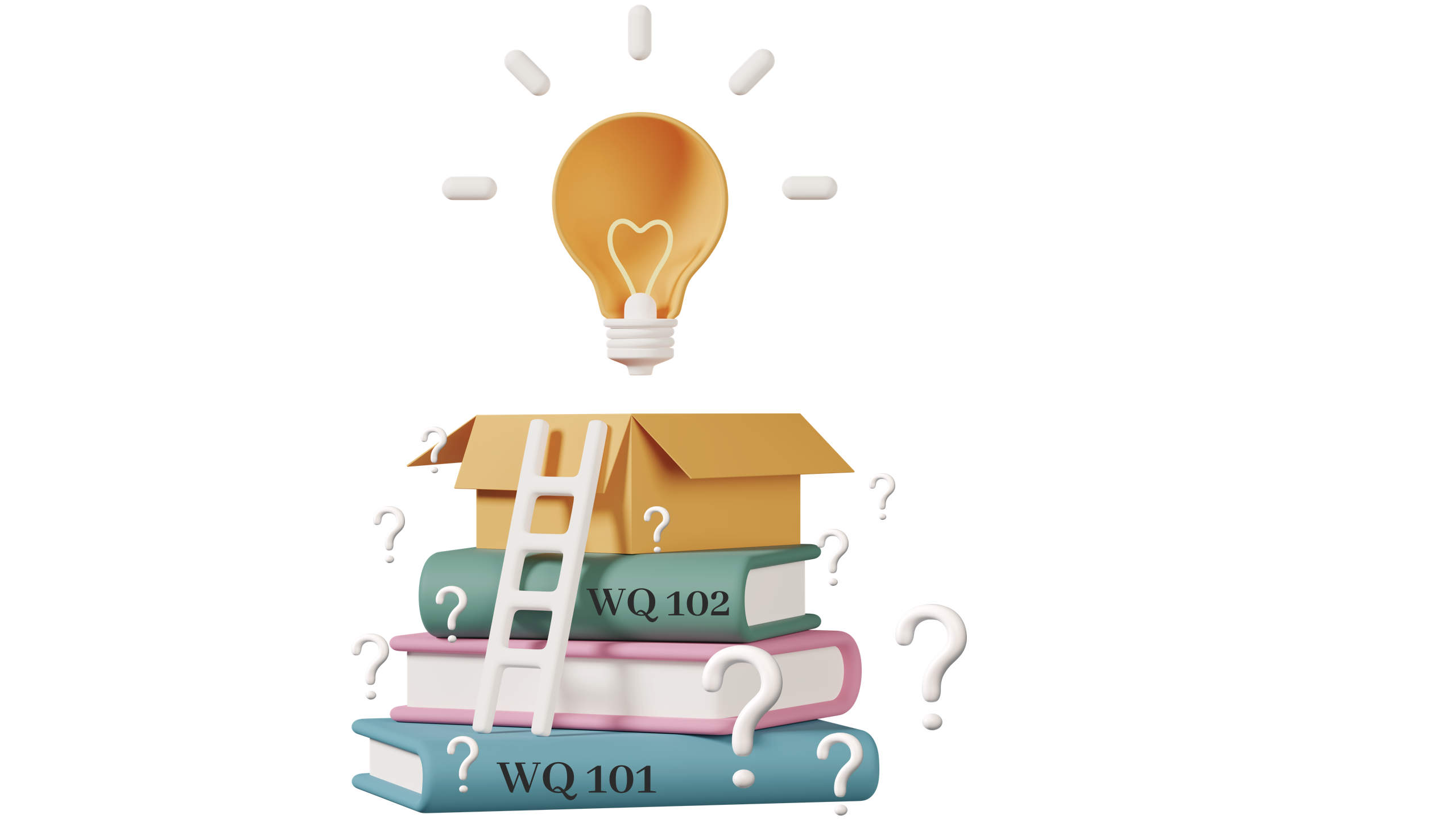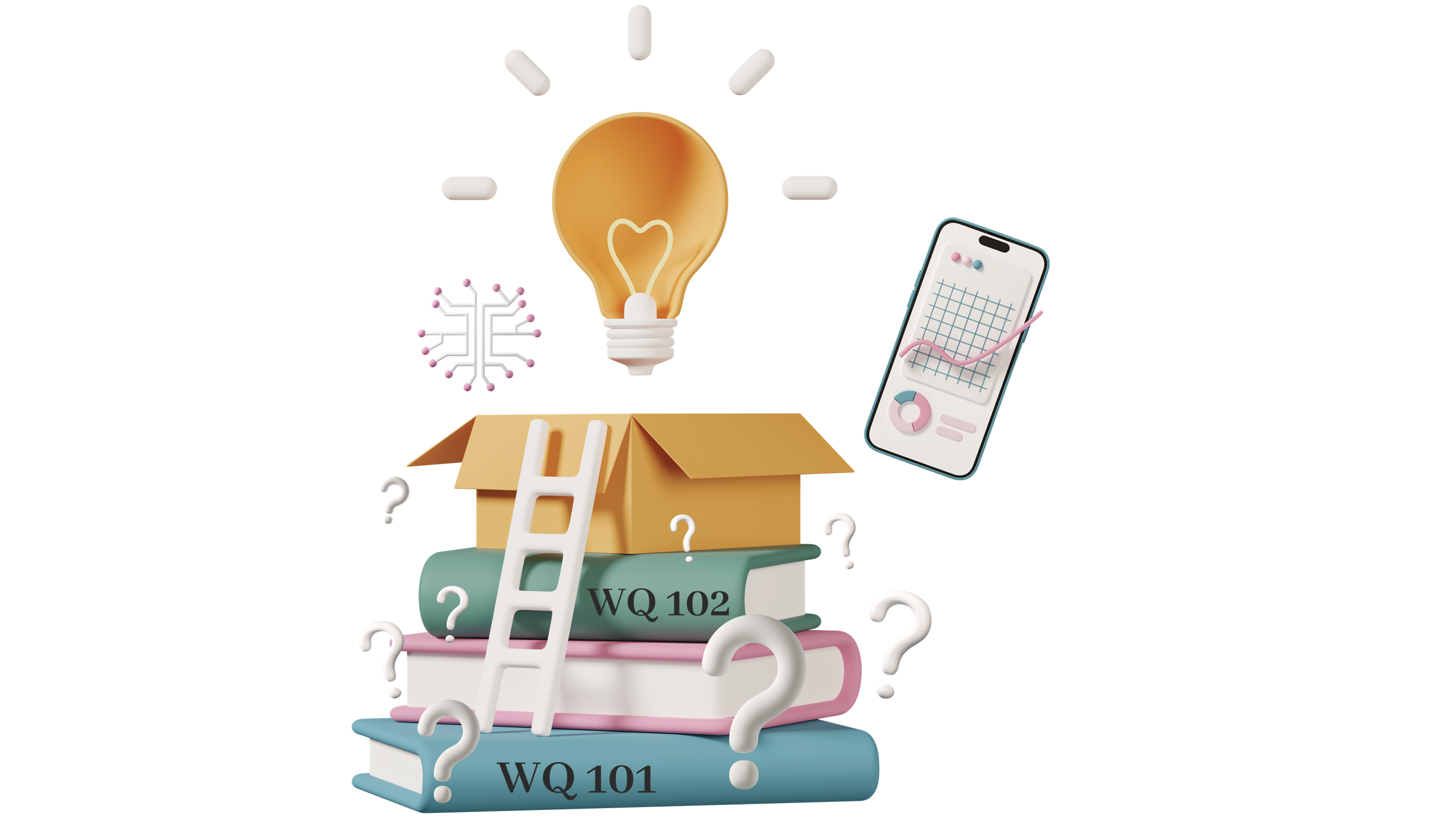About the
WQ | FAQ
Based in part on questions received at AquaToolBox
Water is the life-blood of all aquatic systems
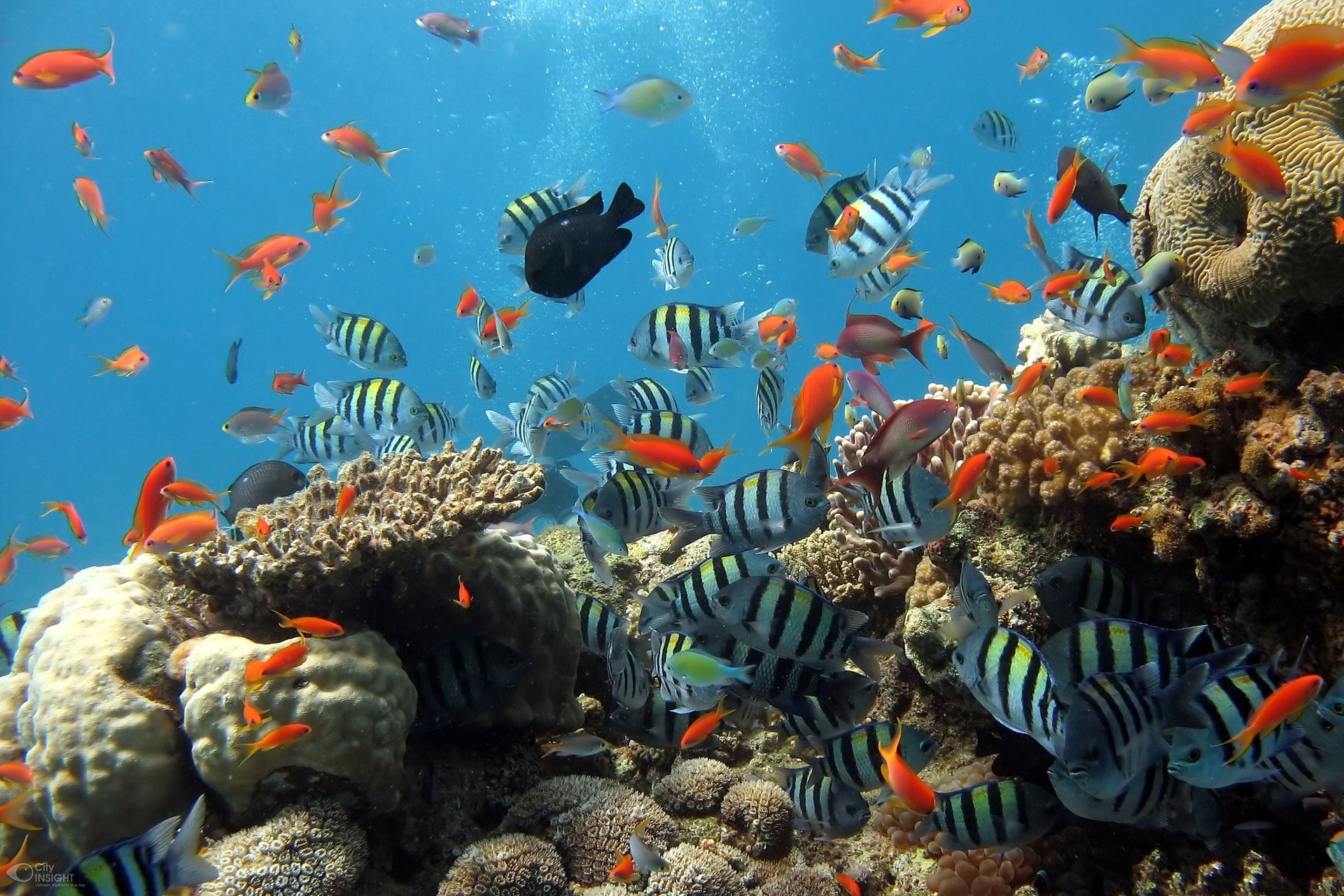
oceans, rivers, lakes, estuaries
home aquaria, swimming pools, spas
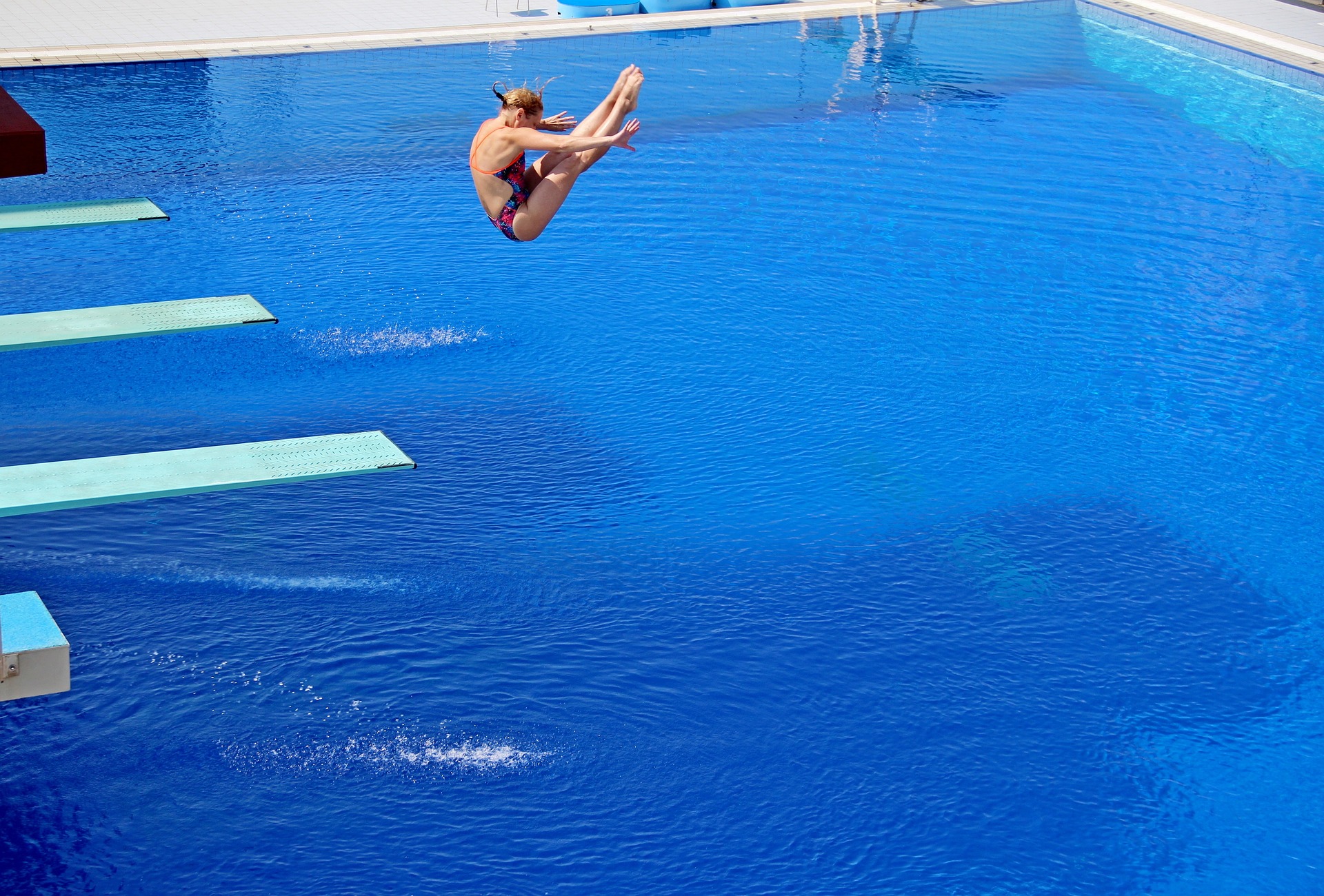
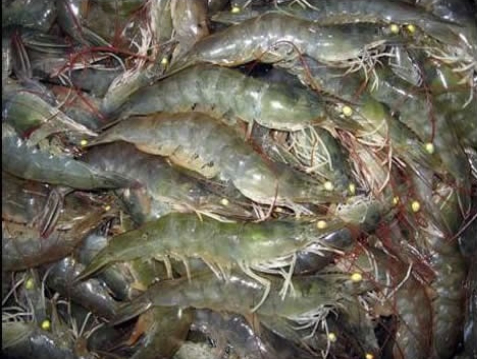
Granvil Treece, Treece & Associates
aquaculture, aquaponics, hydroponics
All of these systems — natural and artificial — share the need to maintain a healthy aquatic environment.
And at the core of a healthy environment is healthy water quality.
Natural systems, when undisturbed, sustain their environment through an ecological balance that has evolved over millenia.
Artificial systems — such as those in aquaculture and aquaponics — must be managed.
Water-quality (WQ) management thus is at the heart of all successful aquaculture.
As concisely stated by Wurts and Durborow:
"Water quality is water chemistry."
And water chemistry is a notoriously complicated subject.
This is especially true in recirculating aquaculture systems (RAS), which address WQ issues within the culture unit rather than flushing them out into the environment.
It's no surprise that WQ management is a very common pain-point for aquaculturists, especially for those new to the field.
Table of Contents
The What
This is a collection of periodic posts on aquaculture tech topics.
The posts are based on past responses to recurring WQ questions.
Now, instead of answering the same questions multiple times and leaving out some background details, I can point people to this blog (at least as a start).
Posts will be added from time to time and updated when needed.
The Why
There's a gap between (1) overly simple explanations of water quality that don’t adequately inform aquaculture management practices and (2) important results in the research literature that are not readily accessible without a firm tech background.
This blog's goal is to help bridge that gap with "building-block" content that lowers WQ confusion by raising WQ competence.
Armed with a foundation of fundamental water-quality concepts & a tech vocabulary, more aquaculturists will be able to...
-
scrape relevant info & insight from the tech literature
-
communicate more effectively with colleagues
-
ask better questions of WQ specialists
-
understand and act on their responses
-
enhance their sense of professional confidence
In short, it’s a step toward becoming a more complete and successful WQ manager.
The How
For simple questions
Some questions are so simple that they can be answered directly without much (or any) background info.
Posts that answer those questions will be kept to reading times of under ~10 minutes.
For tougher questions
Other WQ topics, however, are unavoidably more complex.
To cover those topics thoroughly requires additional tech development, but that always risks losing the attention of people who aren't interested in the dirty details.
In those cases, answers will be organized like a Minto Pyramid (below) or similar to Wired magazine's clever 5 Levels approach.
Structure: The Minto Pyramid
The Minto Pyramid is a top-down presentation structure that opens with the main message; i.e., bottom-line at the top.
Detailed content that supports the main message then follows.
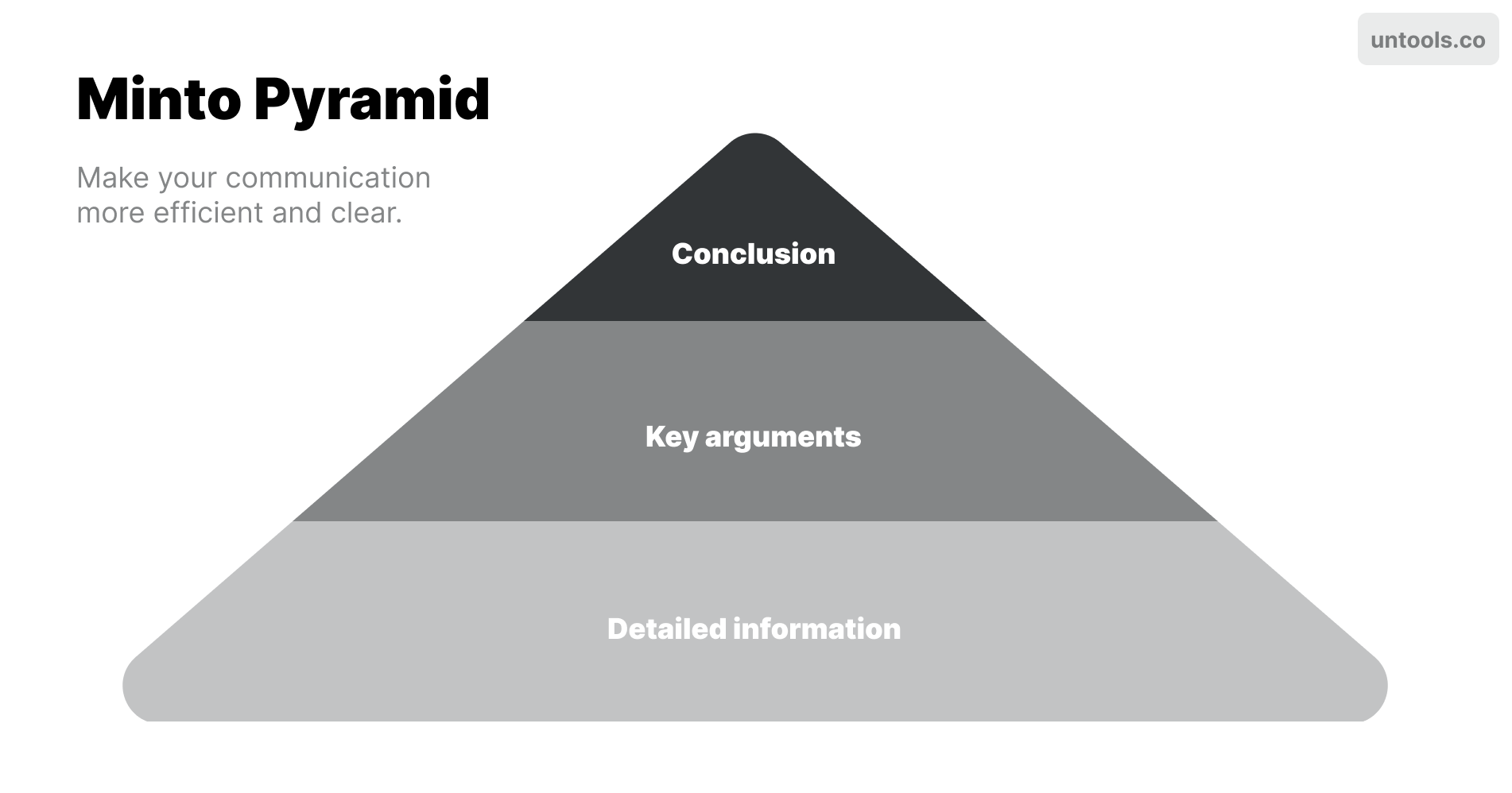
I think most people only want the top-of-the-pyramid answer — that's the direct response, without any chem or math clutter.
That's a post's Level I answer (reading time under 10 minutes).
For completeness, however, tougher topics will have optional Level II (and possibly Level III) explanations that dive into water-chem concepts that expand on the Level I answer.
Those base-of-the-pyramid explanations will still retain a conversational style instead of the sometimes sterile and impenetrable lingo of textbooks and tech journals.
That should reach readers regardless of their tech background.
Longer-form posts
A few topics fall under a separate category. These longer-form posts may be 15- or 20-minute reads.
(The intro to Machine Learning in aquaculture is one of these.)
These posts will have optional sections that keep the reading time of the main message under ~15 minutes.
Readability: The Gunning Fog Index
Another strategy to reach a wider audience is to provide plain-language summaries as lead-ins for most WQ topics.
These will appear near the top of a post and have a Gunning Fog Index that grades the text's readability (as in the next image).

The readability of these summaries will be below 13 — the "Danger Line" in the Gunning Fog chart immediately below.
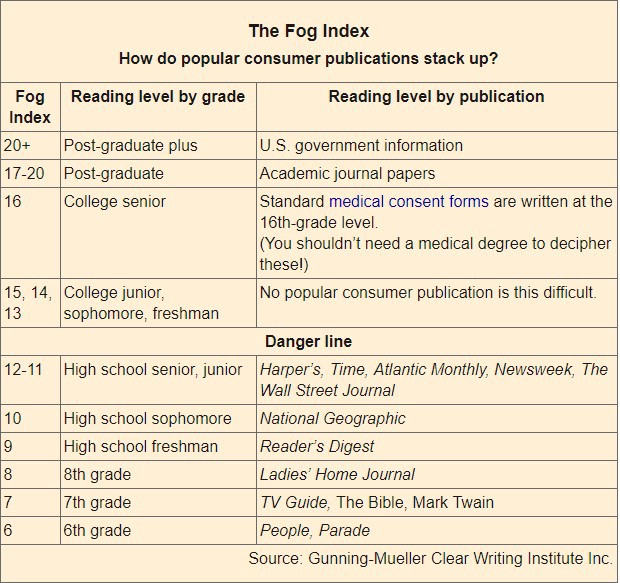
This is intentionally lower than the Fog score of typical academic journals (17 - 20).
Like writing a good abstract
Like the task of slicing and dicing words to write a good abstract for a scientific paper, getting a low (i.e., a good) Gunning Fog score can be very challenging.
You have to be more Ernest Hemingway than Joseph Conrad and still not sound like Dr. Seuss without the rhymes.
One example of why: The Index penalizes text with words that have three or more syllables, but such words are very common within most tech fields and generally are needed for clear, precise, and concise writing.
For that reason, only the plain-language summaries will report their Fog scores. Level I - III content will be written without strict regard to their score, though an effort will be made to keep Level I text below the threshold of 13.
Reading Time
The estimated reading time is found at the top of each blog post.
It's based on the average silent reading speed for an adult (English mother-tongue) of about 238 words per minute (Brysbaert, 2019).
It is, of course, only a guide, as some technical content may naturally require closer (i.e., slower and/or repeated) reading.
i18n (aka internationalization)
Each post's plain-language summary will be translated into several languages to serve a broader readership.
Some of these will be accompanied by an AI-generated video. As an example, the video below summarizes the potential of Machine Learning in aquaculture in Brazilian Portuguese.
Each post also may be translated in full for select languages.
Interaction: Dynamic Visualizations + a Live Example
Reading paragraphs on a page and going over arrays of numbers in a static table play an important part in learning, but it makes a deeper and more lasting impression when you play with the concepts and numbers yourself.
Interactive visualizations — WQ Playgrounds — accompany some of the blog posts.
Some of the WQ Playgrounds have been adapted from the Water Quality Map and Water Quality ToolBox software; others have been developed specifically for a blog topic.
These interactive visualizations are very effective supplements to traditional tech training.
They engage readers with a hands-on approach that brings confusing tech concepts to life much more vividly than only text, tables, static graphs, & equations.
And they speed up learning.
For example, it takes ~6 seconds to read 20 - 25 words, but only about one-fourth of a second to grasp the information in an image (Thorpe et al., 1996 cited at prezi.com).
If a picture is worth a thousand words, then an interactive visualization is worth at least a thousand pictures.
Example viz
Neutral pH is not always 7.0.
We can explain in words how neutral pH depends on temperature and salinity; show the equation; and provide tables and static charts that illustrate the dependencies.
That's fine and valuable, but stopping there invites students to play a passive role in their learning.
An interactive visualization engages students in useful action.
Neutral pH isn't always 7.0
At 25.0° C and 0.0‰ neutral pH = 7.00
(from the WQ ToolBox Manual)
The example above features two ways to interact with the visualization: The user can input values as text or by manipulating the sliders.
This viz provides both text and color-coded graphical output. This is "effective redundancy" — multiple channels that present the same information in different ways (from Trees, Maps, and Theorems, J.-L. Doumont, 2009).
Playing with that simple visualization activates left-brain, right-brain, and motor skills. That makes it a major complement to lectures and assigned readings.
The result: The user builds a clear mental model of how the variables interact, and that promotes robust learning.
The Who
The author created the content on this site. Some of his academic and professional activities...
- Ph.D., Biological Oceanography, MIT & The Woods Hole Oceanographic Institution
- NATO Post-doc, International Atomic Energy Agency's Marine Radioactivity Lab, Monaco
- Ingénieur physicien, CNRS/CEA, Gif-sur-Yvette, France
- Visiting Investigator, Coastal Research Center, Woods Hole Oceanographic Institution
- Regional Coördinator in the W. Balkans, Releasing Development Potential at the Coast, a Research Council of Norway project with NTNU, SINTEF, & (pre-)NOFIMA
- A stint at the former National Research Center for Cephalopods (UTMB, Galveston) to learn Sepia culture methods
- A couple months learning salmon cage culture off Caherdaniel, County Kerry
- Taught Aquaculture Tech at Dubrovnik University, Croatia
- Aquaculture feasibility studies — solo & in teams — in Ecuador, Kenya, the US, & Croatia
- Demo project restocking native Gulf of Mexico penæid juveniles in Galveston, TX
- Contributor, Sustainable Biofloc Systems for Marine Shrimp.
- Developed the old aquaCalc software with support of TAMU Sea Grant
- Developing the WQ ToolBox+ software
